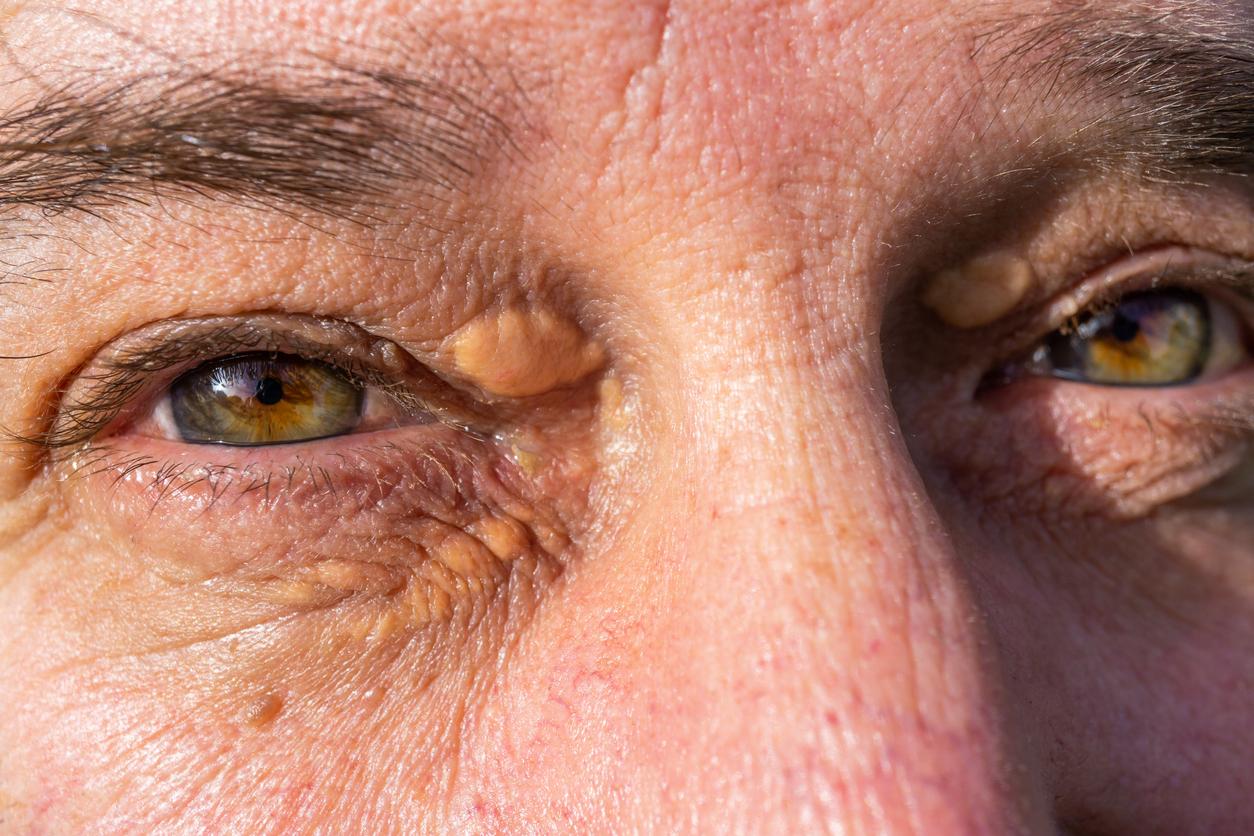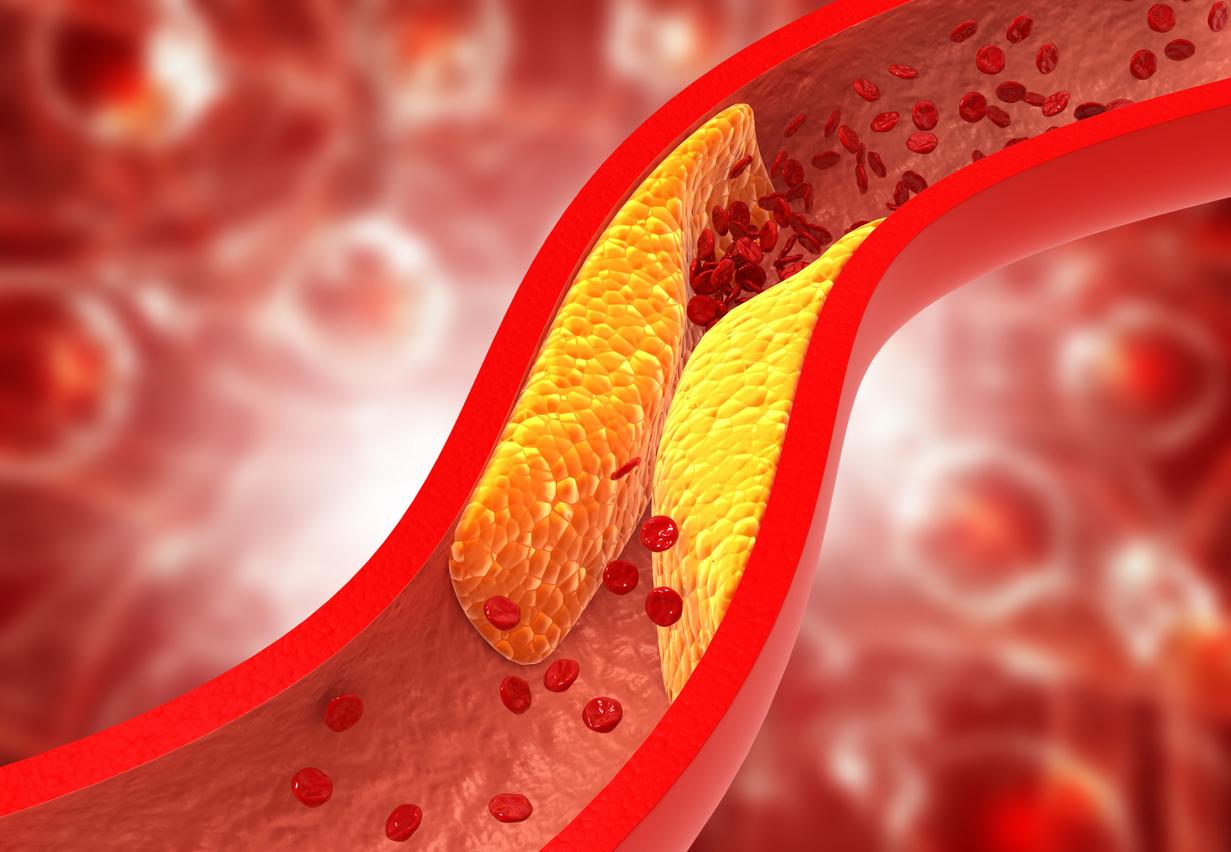Familial hypercholesterolemia (HF) is one of the most common inherited genetic diseases frequent, ten times more common than cystic fibrosis or haemophilia. The number of people affected worldwide is estimated at between 14 and 34 million. including 225,000 to 270,000 in Franceincluding 30,000 to 50,000 children.
There are two different forms: the form heterozygousthe most frequent, and the form homozygous, rarer but more serious. ” In the heterozygous form the child has inherited a mutated gene from one of his parents, in the homozygous form the child has inherited the mutated gene from both parents explains Lionel Ribes, President of the Hypercholesterolemia Association (Anhet.f). This mutation on liver receptors prevents the elimination of cholesterol in the circulating blood. Cholesterol deposits create atherosclerotic plaques that clog the arteries.
Familial hypercholesterolemia: early cardiovascular events
The heterozygous form is associated with an LDL-Cholesterol level generally at least 2 times higher than normal (greater than 1.9g/L). One in 300 people would be affected by this form, i.e. nearly 226,000 people in France. This abnormally high level of LDL-Cholesterol is linked to its poor elimination from the bloodstream.
” Without treatment, men have a risk ofmyocardial infarction or stroke by 50% before the age of 50the women of 30% before the age of 60 informs Lionel Ribes. In the homozygous form the LDL-Cholesterol level is 6 to 8 times higher than normal (between 4 and 12 g/l from birth. This rare form would affect, in utero, 1 in 100,000 to 300,000 people. In the absence of treatment, “ children are at risk of heart attack before the age of 20 says Lionel Ribes.
Familial hypercholesterolemia: not enough screenings
HAS issued a recommendation on March 23, 2023 in which the importance of ” better identify people with familial hypercholesterolemia ” while “ France does not have a national strategy for screening familial hypercholesterolemia “. (1)
” For now, in France, screening for this disease is done in a person who has had a stroke or a myocardial infarction. For them this screening happens too late and the so-called cascading screening of their relatives is in fact too late for their family members apart from young children ” laments Professor Sophie Beliard-Lasserre, endocrinologist-nutritionist at the Assistance Publique – Hôpitaux de Marseille.
Only 5% of children with familial hypercholesterolemia are screened while the majority of European countries offer screening to families with young children. 70% of children are screened in the Netherlands, for example. Gold, “ the more we detect, the sooner we treat and the more we avoid early heart problems says Professor Beliard-Lasserre. ” Early detection would also help track down the parents of these undiagnosed children. adds Lionel Ribes. Only 10% of adults with this disease are indeed diagnosed. Studies have shown that treatment in childhood is associated with a reduced risk of cardiovascular events in adulthood.
” A treatment must be prescribed from birth in children with a homozygous form and from the age of 8 in those with a heterozygous form explains Prr Beliard-Lasserre.
Familial hypercholesterolemia: screening can save 13 to 18 years of healthy life
The Hypercholesterolemia Association (Anhet.f), supported by a group of associations and a community of scientists, is campaigning for the public authorities to quickly launch a screening campaign Early and systematic pediatric diagnosis of familial hypercholesterolemia in children under 10 years of age in France.
This can be detected by a simple blood test, a simple and inexpensive screening. If the total cholesterol level is very high a genetic test could be done next. Such screening would save 13 to 18 years of life in good cardiovascular health, since the high risk level for a heterozygous hypercholesterolemic patient is pushed back to 48 years if treated from the age of 18 and 53 if treated since the age of 10 . 6,500 acute heart attacks would be avoided each year.
” The ideal screening would be a neonatal screening by Guthrie test, i.e. a cholesterol assay from a blotter test with a drop of blood says Professor Beliard-Lasserre. She announces thata pilot project along these lines will soon be launched in the University Hospitals of Lyon and Marseille.
(1) Decision No. 2023.0121/DC/SEU of March 23, 2023 of the college of the Haute Autorité de santé relating to the right to alert the associations Alliance Maladies Rares and National Association for Familial Hypercholesterolemia concerning the request for early screening for familial hypercholesterolemia

















